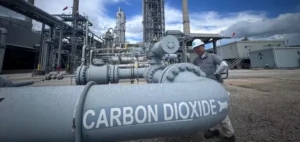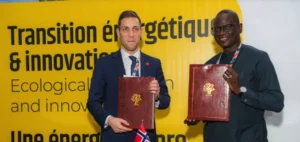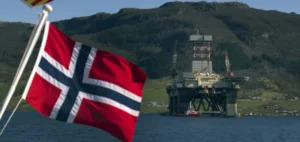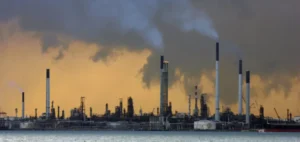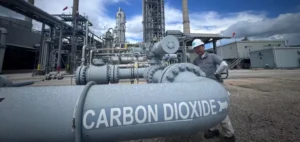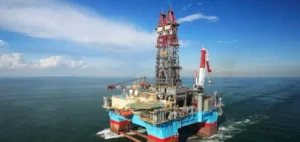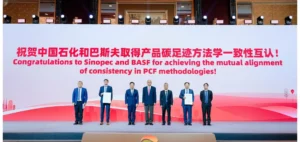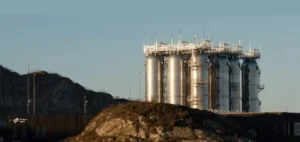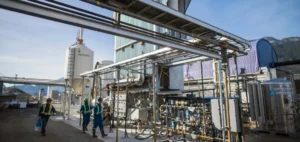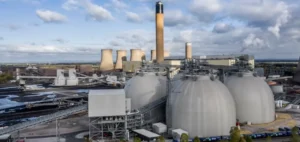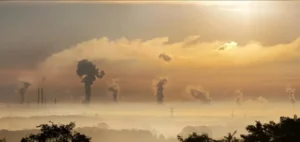The Net Zero Teesside (NZT) Power project, led by a consortium including BP and TotalEnergies, in which Equinor is also a partner, marks a significant turning point for the UK energy industry. By announcing a £4 billion (€4.68 billion) investment, they are committing to the construction of one of the world’s first commercial gas-fired power plants equipped with carbon capture technology, aiming to capture up to 2 million tonnes of CO2 per year. Located in the Teesside region, this ambitious initiative is part of the UK’ s 2050 carbon neutrality targets, and promises to provide low-carbon energy to around 1.3 million UK homes.
Technip Energies and GE Vernova at the forefront
Technip Energies, in consortium with GE Vernova and Balfour Beatty for construction, has received a letter of intent from BP to launch the execution phase of the NZT Power project. This collaboration illustrates the commitment of industry leaders to developing technology capable of significantly reducing CO2 emissions. The Teesside project aims to demonstrate the viability and effectiveness of large-scale carbon capture, a major step towards cleaner energy production.
The controversy surrounding carbon capture
Despite its potential, carbon capture technology is the subject of heated debate. Environmental NGOs and a number of experts question its effectiveness and warn against the use of costly, unproven technologies on a large scale. Nevertheless, Teesside’s initiative represents a bold step forward in testing and improving this technology with a view to reducing the carbon footprint of power plants.
Key players in the project
The companies selected to carry out this project include major players such as Technip Energies, Alcatel Submarine Networks, GE Vernova, Liberty Steel and Marubeni-Itochu Steel, testifying to the diversity of the skills mobilized. These strategic choices reflect the consortium’s determination to rely on expertise and innovation to ensure the successful deployment of this pioneering power plant.
Regulatory issues and investments
Completion of the NZT Power project is subject to regulatory approvals and confirmation of final investment decisions, including from the UK government. The latter’s commitment to financially support the deployment of CCUS technology underlines the importance it attaches to the energy transition and the reduction of greenhouse gas emissions.
The energy security debate
The UK government’s recent commitment to building new gas-fired power stations, in the name of energy security, has drawn criticism. This decision is seen by some as a step backwards in terms of the country’s climate ambitions. However, the NZT Power project and other similar initiatives represent an attempt to balance the need for reliable energy with the reduction of CO2 emissions.
The International Energy Agency (IEA) notes a rapid increase in the number of carbon capture projects, underlining the growing interest in this technology despite controversies. By integrating carbon capture into a commercial-scale gas-fired power plant, the NZT Power project could serve as a model for future decarbonization efforts worldwide.




